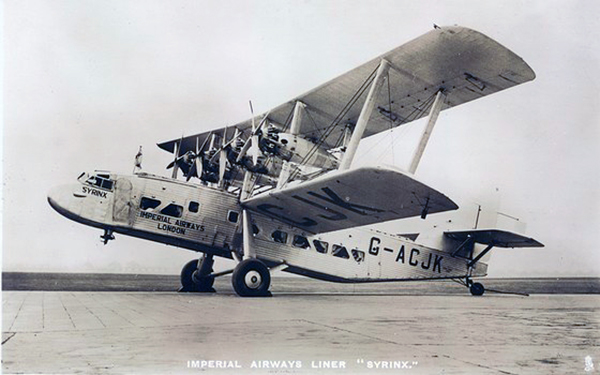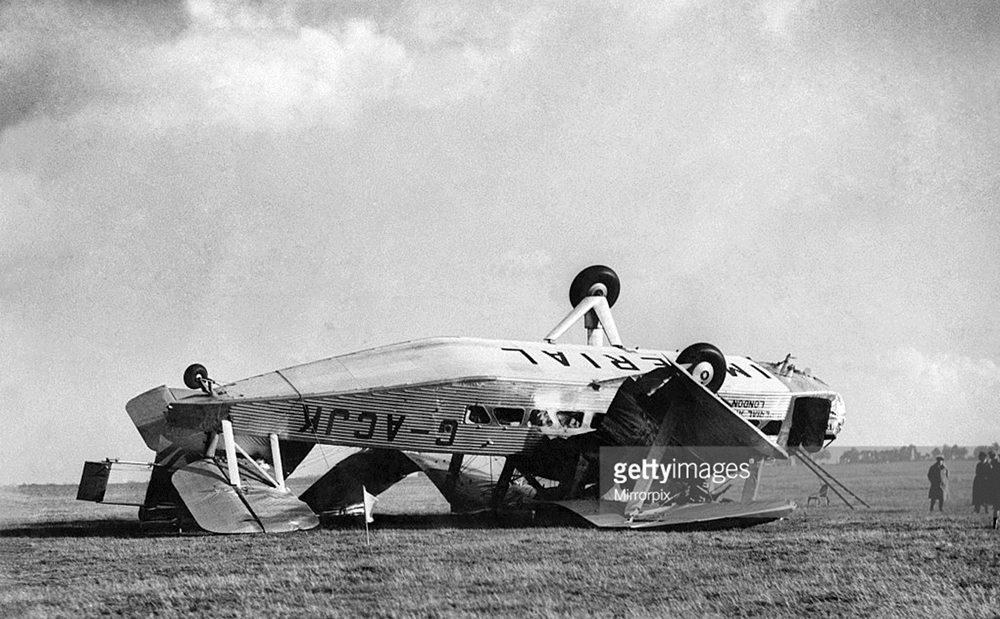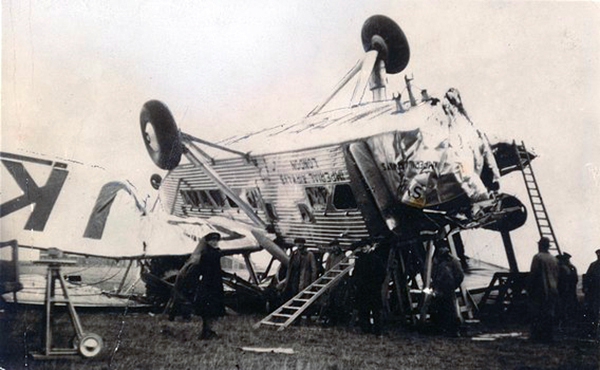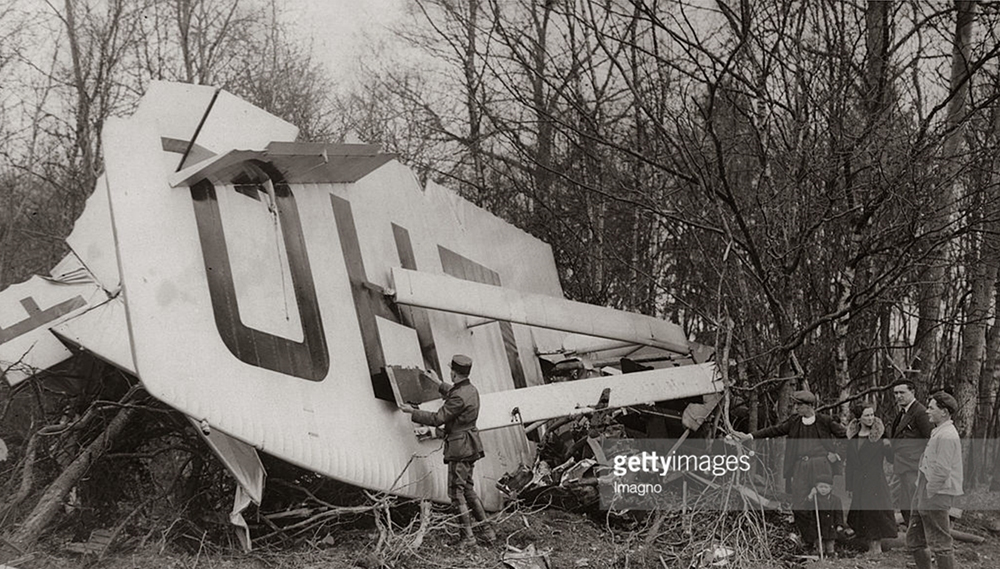Crash of a De Havilland DH.86 in Zwettl
Date & Time:
Oct 22, 1935
Registration:
G-ADCM
Survivors:
Yes
Schedule:
Croydon – Vienne
MSN:
2317
YOM:
1935
Crew on board:
0
Crew fatalities:
Pax on board:
0
Pax fatalities:
Other fatalities:
Total fatalities:
0
Circumstances:
En route from Croydon to Vienna, the crew encountered marginal weather with severe icing conditions. The situation became critical so the captain decided to reduce his altitude and to attempt an emergency landing. The airplane crash landed in an open field located near Zwettl, some 80 km northwest of Vienna. All occupants evacuated safely and the aircraft named 'Draco' was damaged beyond repair.
Probable cause:
Icing.













